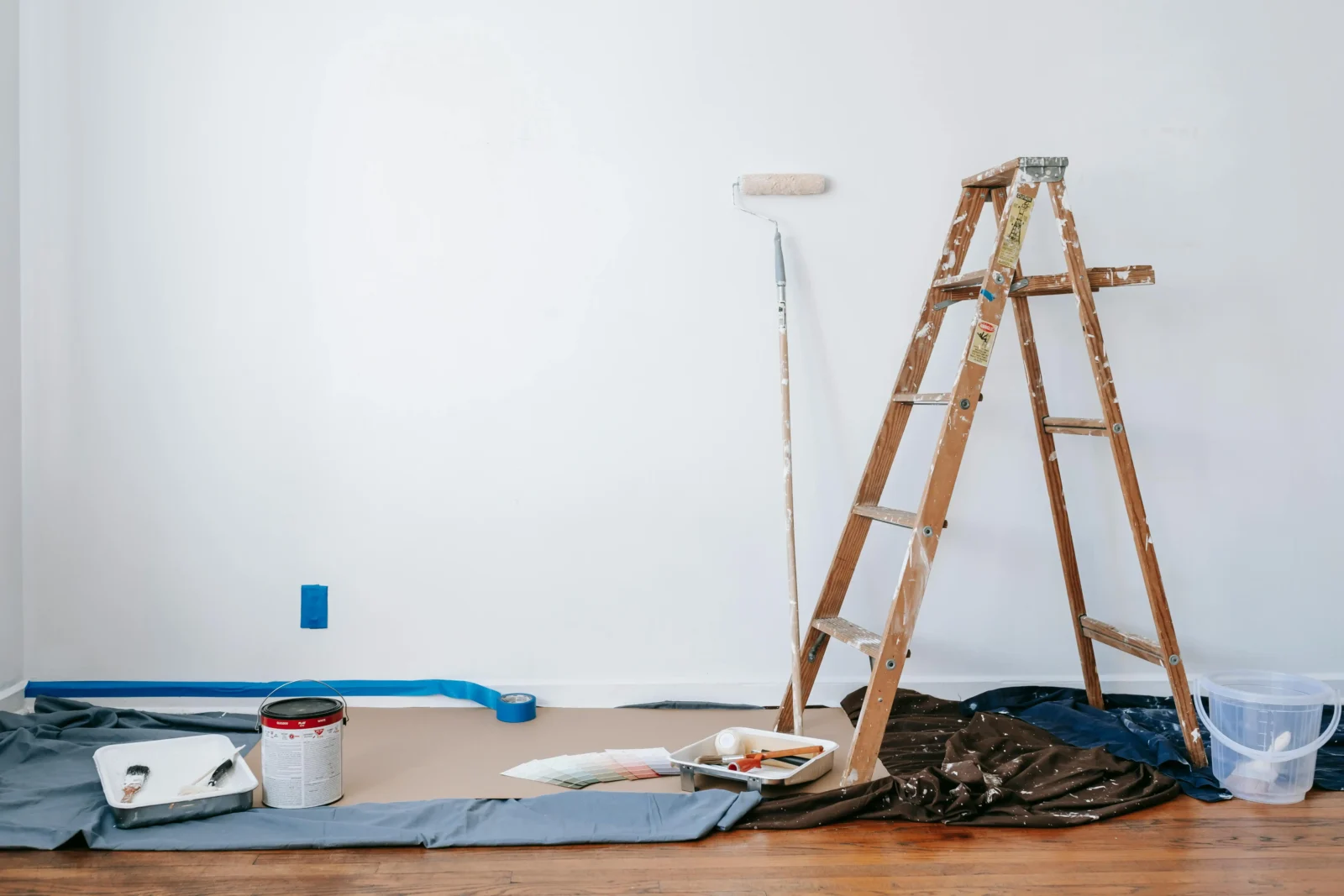- Home
- Articles
- Architectural Portfolio
- Architectral Presentation
- Inspirational Stories
- Architecture News
- Visualization
- BIM Industry
- Facade Design
- Parametric Design
- Career
- Landscape Architecture
- Construction
- Artificial Intelligence
- Sketching
- Design Softwares
- Diagrams
- Writing
- Architectural Tips
- Sustainability
- Courses
- Concept
- Technology
- History & Heritage
- Future of Architecture
- Guides & How-To
- Art & Culture
- Projects
- Interior Design
- Competitions
- Jobs
- Store
- Tools
- More
- Home
- Articles
- Architectural Portfolio
- Architectral Presentation
- Inspirational Stories
- Architecture News
- Visualization
- BIM Industry
- Facade Design
- Parametric Design
- Career
- Landscape Architecture
- Construction
- Artificial Intelligence
- Sketching
- Design Softwares
- Diagrams
- Writing
- Architectural Tips
- Sustainability
- Courses
- Concept
- Technology
- History & Heritage
- Future of Architecture
- Guides & How-To
- Art & Culture
- Projects
- Interior Design
- Competitions
- Jobs
- Store
- Tools
- More
Top 5 Plumbing Issues Every Homeowner Should Be Aware Of

Ever ignored a sink that’s draining a bit slowly, thinking “I’ll deal with it later”? It happens. But unblocking a clogged drain when it first shows sluggish behavior can stop a small drip from turning into a disastrous backup.
Catching things early often keeps stress (and bills) in check.
Table of Contents
Toggle1. Sneaky Leaks That Waste Thousands of Gallons
You might hear a faint drip and shrug, yet that tiny leak adds up. According to the EPA, the average household’s leaks can waste over 10,000 gallons per year—enough water for hundreds of laundry loads—and roughly 10% of homes leak 90 gallons or more daily.
Beyond hiking your water bill, hidden drips foster mold, damage floors or ceilings, and sometimes hide behind walls until things get ugly.
Think about that slow drip under your sink: one drop per second seems harmless until you realize it’s thousands of drops a day. Toilets can leak silently too—put food coloring in the tank; if color seeps into the bowl without flushing, you’ve got a leak.
Faucets often just need a new washer or O-ring, which is cheap and DIY-friendly if you’re comfortable with basic tools.
But if you spot water stains on walls or the meter ticks while everything’s off, call a plumber before the repair bill doubles.

2. Clogs and Backups: When Minor Blockages Turn Nasty
We’ve all scooped hair from a shower drain or wiped grease off pots before tossing it. Still, a bit of grease here, a stray wipe there, and over weeks you get a slow-moving sink.
Sometimes even small wins—like unblocking a clogged drain before it worsens—can save you from a full-blown backup and big repair bills later.
Statistics show a large share of homeowners face drain issues regularly, especially during busy seasons when usage spikes. Ignore the slow drip-down; soon water pools at your feet or worse, backs up into another fixture.
A kitchen sink that gurgles when the dishwasher runs. A bathtub that empties at a snail’s pace. Foul smells wafting up from drains. These are signs you don’t want to postpone. Simple steps help: a screen in the shower catches most hair. Never pour cooking oil or coffee grounds down the sink—wipe pans with a paper towel first.
For mild clogs, a plunger or hand-crank snake often works. Avoid chemical cleaners: they can erode pipes over time. If plunging fails or odors linger, call a plumber who can inspect the line (often with a camera) and clear roots or deep blockages before they become sewer nightmares.
3. Water Heaters—Quiet Trouble Until You’re Cold
Picture this: you step in for a hot shower and get icy water instead. Or you hear rumbling from the heater like a distant thunderstorm. Sediment often settles at the tank bottom, causing odd noises, inefficiency, and sometimes early failure.
With regular flushing, many tank heaters last around 8–12 years, but skip maintenance and you risk running cold at the worst moment.
Watch for rusty-looking water—that hints at corrosion inside. Check around the base for moisture or small puddles. If the heater is older than a decade and shows issues, start planning replacement rather than pouring money into repeated fixes. Flushing once a year can clear sediment (if you feel confident doing it).
Test the pressure-relief valve yearly: it’s cheap insurance against tank overpressure. When the time comes, consider a more efficient model—tankless units last longer and save energy, though upfront costs are higher. A pro can advise what suits your home and budget.
4. Low Water Pressure—Not Always What You Think
A weak shower makes mornings miserable. But low pressure doesn’t always mean the city supply is faulty. Often it’s clogged aerators, partially closed valves, or aging pipes narrowed by mineral buildup.
In older homes with galvanized steel, internal corrosion can choke flow. Architecture Digest notes low pressure is among the top plumbing headaches homeowners face.
First, check that valves under sinks or near the main are fully open. Unscrew faucet aerators or shower heads and rinse out mineral deposits. If only one fixture suffers, it’s likely local; if multiple are weak, test for hidden leaks by shutting everything off and seeing if the meter still moves. If you have a pressure regulator, have it inspected.
In stubborn cases—especially in older homes—a plumber may recommend repiping section by section with modern materials like PEX, restoring steady flow without full-scale demolition.

5. Aging Pipes and Corrosion—Health and Cost Risks
Pipes aren’t immortal. Galvanized steel corrodes, copper gets pinholes, and ancient solder or service lines may contain lead—a serious health hazard. Brownish water or a metallic taste can signal trouble.
Many older houses face this quietly until a leak or contamination arises. Given that most homes encounter some form of water intrusion or pipe issue over time, it pays to be vigilant.
If you notice discolored water or odd taste, get a water test and a plumber’s opinion. Lead lines should be replaced promptly; in many areas, assistance programs or local initiatives help homeowners cover costs.
During renovations, inspect hidden pipes: replacing suspect sections now beats emergency repairs later. Even if pipes seem fine, keep an eye out for small leaks or corrosion spots in basements or crawl spaces—early fixes avoid major damage. Upgrading to PEX or copper where needed improves reliability and peace of mind.
Staying Ahead with Simple Habits
You don’t need to be a plumber to keep things going smoothly:
- Listen and watch: a drip, a stain, a slow drain—don’t shrug it off.
- Use strainers and catchers to block hair and debris.
- Dispose of grease in the trash, not down the drain.
- Flush your water heater annually if you can, or schedule a tech to do it.
- Test valves and know where your main shutoff is—when a leak floods, you’ll thank yourself.
- Check aerators and shower heads for buildup every few months.
- When in doubt or facing anything behind walls or underground, call a qualified plumber. They have cameras, pressure gauges, and leak detectors to pinpoint issues without guesswork.
Wrapping Up
Real-life plumbing problems often start small: a whisper of a drip, a hint of odor, a slower-than-usual drain. Addressing them early feels simpler than handling a full-blown emergency.
A few minutes of inspection or a low-cost part swap today could save you hours, dollars, and anxiety tomorrow. And when you hit a snag beyond basic fixes, bring in a pro before things spiral. That way, you keep showers hot, sinks flowing, and peace of mind intact.
Submit your architectural projects
Follow these steps for submission your project. Submission FormLatest Posts
A Beginner’s Guide to Architectural Details
Architectural details explained for beginners: clear terms, key joints, proportions, climate-smart specs,...
5 Must-Visit Structures by Norman Foster
Explore five must-visit structures by Norman Foster, showcasing iconic works that combine...
What Are The Benefits Of Professional Painting For Homes?
Fresh paint does more than change color on a wall. It protects...
How Much Time Does It Take to Install Impact-Resistant Windows and Doors
Introduction Upgrading your home’s windows and doors can feel like a big...












Leave a comment